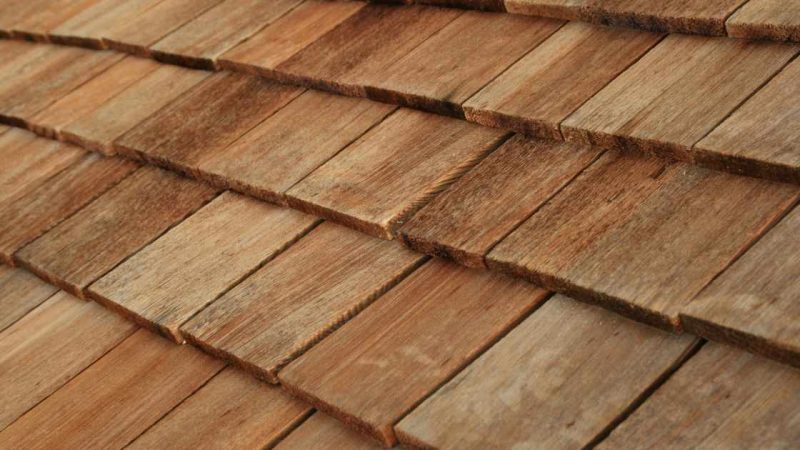Flat roofs, common in both residential and commercial buildings, have distinct structural and maintenance considerations compared to pitched roofs. One critical aspect of flat roofs is the number of layers they should have. The layers of a flat roof play a vital role in ensuring its durability, insulation, and waterproofing capabilities.
Here, we explore the essential layers of a flat roof and how many are typically required.
Essential Layers of a Flat Roof
A properly constructed flat roof generally consists of several key layers, each serving a specific function. These layers are:
Decking: This is the structural base of the roof, typically made from materials like plywood, oriented strand board (OSB), or concrete. The decking provides a solid surface for the other layers to be applied and ensures the roof’s overall structural integrity.
Vapor Barrier: Placed directly on top of the decking, the vapor barrier prevents moisture from penetrating the roof structure from the inside of the building. This layer is crucial for preventing condensation, which can lead to mold growth and structural damage.
Insulation: Insulation is applied over the vapor barrier to help regulate the building’s temperature. Common materials for insulation include rigid foam boards, fiberglass, or spray foam. Proper insulation reduces energy costs and enhances the comfort of the building’s interior.
Roof Membrane: This is the primary waterproofing layer, preventing water from penetrating the roof. Various materials can be used for the membrane, including:
Built-Up Roof (BUR): Consists of multiple layers of bitumen (asphalt) and reinforcing fabrics, providing a durable and watertight surface.
Modified Bitumen: Similar to BUR but with added polymers for improved flexibility and durability.
Single-Ply Membranes: These include materials like TPO (thermoplastic olefin), PVC (polyvinyl chloride), and EPDM (ethylene propylene diene terpolymer), known for their long lifespan and resistance to weathering.
Protective Layer: In some flat roofs, a protective layer, such as gravel or a reflective coating, is applied over the roof membrane to protect it from UV rays, extreme temperatures, and physical damage.
Determining the Number of Layers
The number of layers in a flat roof can vary based on several factors, including the specific roofing system chosen, the climate, and the building’s requirements. However, a standard flat roof typically consists of the following layers:
Decking: 1 layer
Vapor Barrier: 1 layer
Insulation: 1 layer (though sometimes multiple layers of insulation are used for enhanced thermal performance)
Roof Membrane: 1-3 layers (depending on the type of membrane and specific roofing system)
Protective Layer: Optional, 1 layer if used
Therefore, a standard flat roof generally has 4 to 6 layers. The variation primarily comes from the roof membrane, which can consist of multiple layers in the case of built-up roofs or modified bitumen systems.
Factors Influencing the Number of Layers
Roofing Material: Different roofing materials require different numbers of layers. Built-up roofs (BUR) can have multiple layers of bitumen and fabric, whereas single-ply membranes typically have only one layer.
Climate: In regions with extreme temperatures or significant weather variations, additional insulation layers or protective coatings might be necessary to ensure the roof’s longevity and performance.
Building Use: Commercial buildings with high foot traffic on the roof (e.g., rooftop terraces or HVAC equipment areas) may require additional protective layers to withstand wear and tear.
Building Codes and Regulations: Local building codes and regulations can dictate specific requirements for flat roof construction, including the number and types of layers needed.
FAQs
Why is insulation an essential layer in a flat roof, and how many layers of insulation should I use?
Insulation is crucial for regulating the building’s temperature, reducing energy costs, and enhancing interior comfort. It helps maintain consistent indoor temperatures by preventing heat loss in the winter and heat gain in the summer. The number of insulation layers can vary, but typically, one layer of high-quality insulation is sufficient. In climates with extreme temperatures or for buildings requiring higher energy efficiency, multiple layers of insulation might be used to achieve better thermal performance.
What is the purpose of a vapor barrier in a flat roof, and where is it placed?
A vapor barrier is essential for preventing moisture from penetrating the roof structure from inside the building. It helps to avoid condensation, which can lead to mold growth, structural damage, and reduced insulation effectiveness. The vapor barrier is placed directly on top of the decking, beneath the insulation layer. This positioning ensures it effectively blocks moisture from rising up through the building and into the roof layers.
Can I add more layers to my existing flat roof, and what are the considerations?
Adding more layers to an existing flat roof, often referred to as a roof overlay or re-roofing, is possible but comes with several considerations. First, check the structural capacity of your building to support the additional weight. Second, ensure that the existing roof layers are in good condition; otherwise, underlying issues like leaks or damage might be hidden and worsen over time. It’s essential to consult with a roofing professional to evaluate the current roof’s condition and determine if adding more layers is a viable and safe option.
Final Thought
The optimal number of layers for a flat roof depends on the specific roofing system, the building’s needs, and environmental factors. A typical flat roof will have 4 to 6 layers, including the decking, vapor barrier, insulation, roof membrane, and an optional protective layer. Each layer plays a crucial role in ensuring the roof’s durability, energy efficiency, and waterproofing capabilities. Consulting with a roofing professional can help determine the most appropriate configuration for your flat roof, ensuring it meets all necessary standards and provides long-lasting protection.

